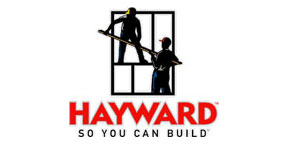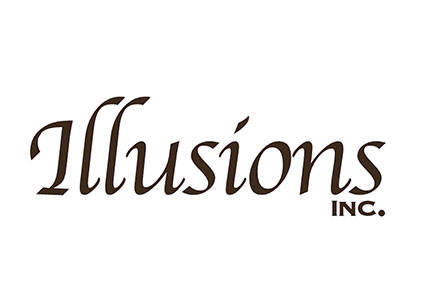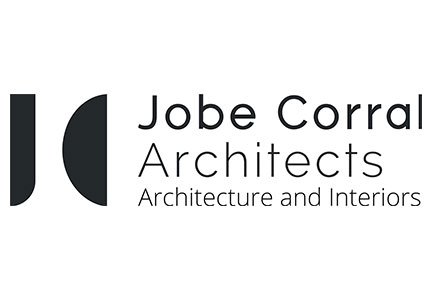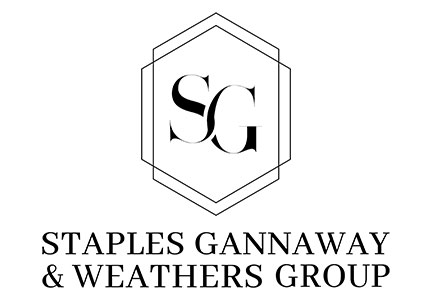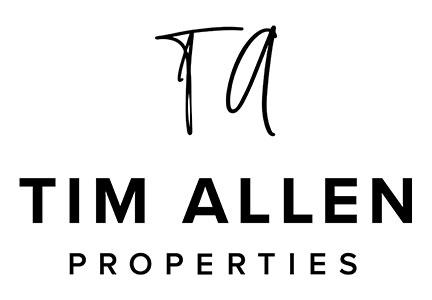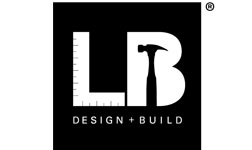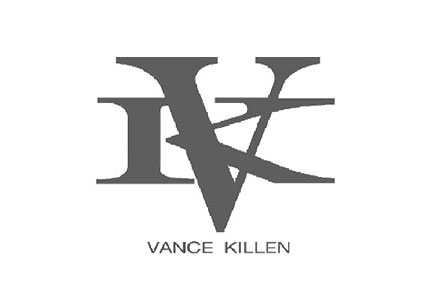Chapter Activities
AIA & the City of Carmel-by-the-Sea Great Sand Castle Contest
… is our most enduring annual event that draws people from around the United States to partake in the art of sand castle on one of the most beautiful beaches in the world.
Community Outreach Programs
… provides a forum for presentations by invited guests that are open to the public. Programs often include notable architects, historians, artists and tours.
Continuing Education Programs
… are conducted regularly to help keep our members current on licensing requirements, building technology, innovation, Green techniques, sustainable products, municipal regulations, codes and pending legislation.
AIA Monterey Bay Awards for Excellence in Architectural Design
… is a biennial award program to acknowledge the exceptional effort to produce excellent architecture. The Citation Award recognizes exceptional design features in a building; the Award of Merit recognizes overall design quality, and the Honor Award designates those projects worthy of emulation by other architects.
AIA Monterey Bay Stanton Award
… is to recognize a significant contribution to the profession of Architecture on the Central Coast of California. The Robert Stanton Award Fund was a gift from Virginia Stanton through an endowment to be used by AIA Monterey Bay in selecting, preparing and presenting the Robert Stanton Award in recognizing outstanding contributions of a chapter member.
AIA Monterey Bay
International Outreach – Japanese Sister City: Nanao
Nanao, which means seven mountain peaks, has been a Sister City to the City of Monterey since 1995 but the friendship is really peninsula wide. The Nanao-Monterey relationship began in 1986 when a research group from Nanao toured the U.S. West Coast looking for a community that was similar to theirs in geography and industry and chose to connect with the Monterey Peninsula.
The AIA Monterey Bay Chapter is a member of the Monterey Peninsula-Nanao Friendship Association that continues to develop the growing relationship between the two areas. Our chapter’s relationship with the Nanao architectural community in 1992 and has included a number of trips by each group to visit each other and to learn the differences and similarities about our professions in a different cultural and social setting.
Our chapter has developed presentations on design in an historical context, housing types, and, at the request of their community, presented urban design ideas for the city of Nanao. What is most important are the friendships we’ve created and the sharing of cultural experiences that transcend political or social boundaries.





